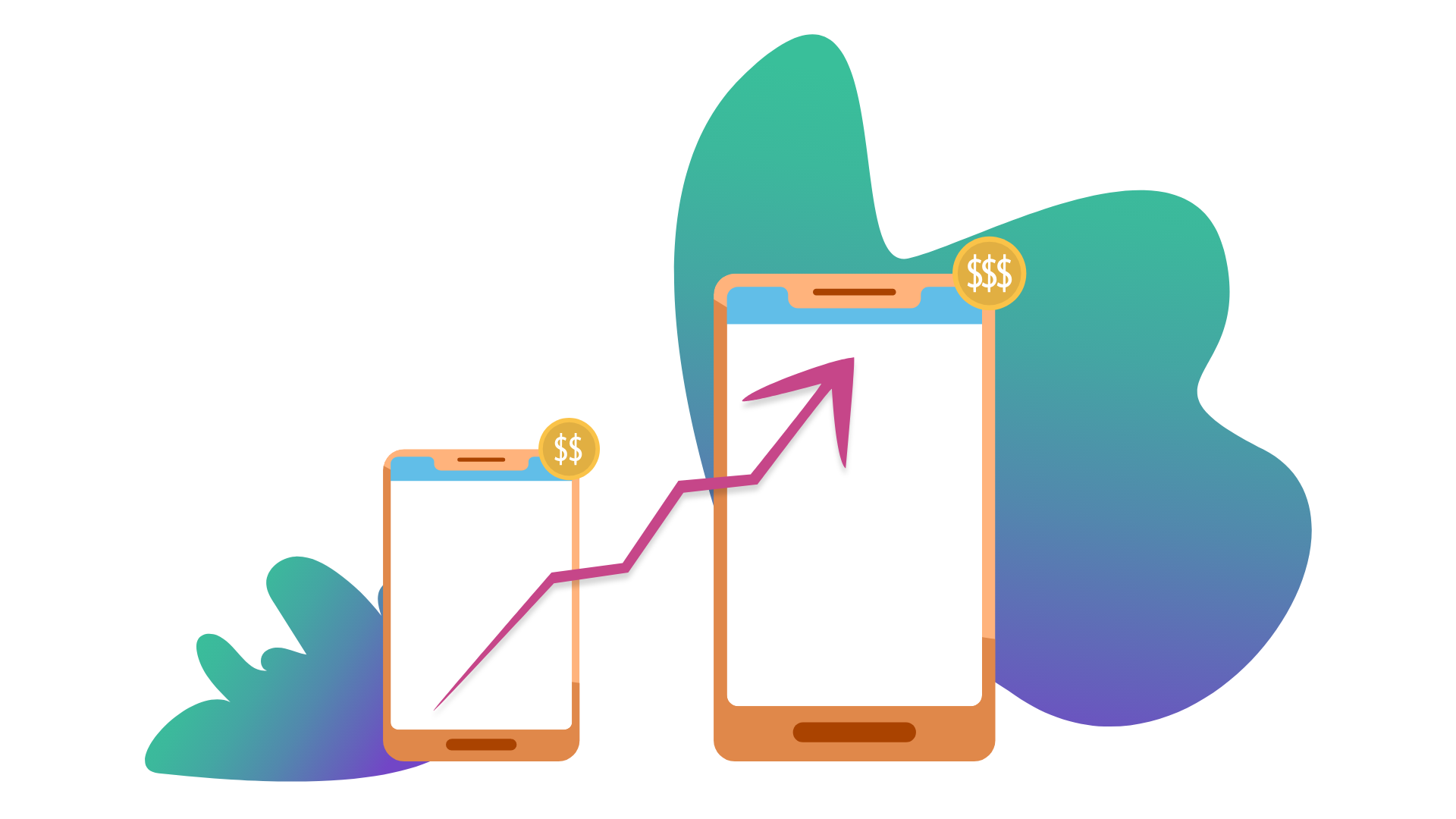
How to Upsell and Cross-Sell Effectively?
Upselling and cross-selling
Upselling and cross-selling are cousins of selling.
Buy a cow from me, and I’ll offer you a better one for 50 bucks more: the better cow is an upsell.
Buy a cow from me, and I’ll throw in a hay bale for 5 bucks: the hay bale is a cross-sell.
What is upselling?
Upselling is a strategy to sell a superior, more expensive version of a digital product that the customer already owns (or is buying). A superior version is:
- a higher, better model of the product or
- same product with value-add features that raises the perceived value of the offering
Upselling is the reason why we have a 54” television instead of the 48” we planned for. It’s also the reason you might have subscriptions which include digital services you don’t use.
What is cross-selling?
Cross-selling involves selling additional products and services to an existing customer based on their initial purchase. The products or services involved in cross-selling complement what the customer first bought. As an example, consider the common question “Would you like fries with that?” when purchasing from a fast-food restaurant. The customer orders a burger and a soft drink, which allows the clerk to sell them an additional product, fries, to complete their order and satisfy the customer’s needs while increasing the purchase amount for the marketing business.
This sales method can increase revenue and help you retain a strong customer base.
Why are upsell and cross-sell important for eCommerce?
Upselling and cross-selling are often (and mistakenly) seen as unethical practices to squeeze more out of the customer.
As a strategy, however, upselling and cross-selling should be used to ‘help customers win’. It’s about making recommendations that might better meet a customer’s current needs, and aiding them to make a choice being fully informed about their options..
How do you successfully upsell and cross-sell?
Offer free shipping.
Customers are more likely to buy from a marketing company that offers free shipping. For online retailers, shipping can be included in the total product price to give the appearance that shipping is free, or you may choose to set a minimum purchase total that rewards customers with free shipping. Another way to offer free shipping is by encouraging customers to purchase subscriptions or join a loyalty program.
Send follow-up emails.
Customers want brands to engage with them and form a deep connection. Follow-up emails are a great way to welcome clients to your business, thank them for shopping, ask for customer feedback on products or remind them to check back in after cart abandonment.
Limit recommendations.
When upselling, more options do not necessarily increase the chances of a sale. Keep in mind that more choices usually generate more confusion and often overwhelm consumers. Successful upsells begin with a solution to customers’ problems – not more questions.
When giving cross-selling recommendations, keep the options down to a select number rather than offering 27 different possibilities. A few well-targeted suggestions will maximize your shot at a successful sale.
Know your customers.
Mapping the customer journey with comprehensive audience research is critical to successful upselling and cross-selling. Make sure you know your customers and understand their wants, needs and preferences, so your attempts at offering upgrades or additional products seem like natural extensions to the main product.
Think about a waiter in a high-end restaurant. An effective server knows to pay attention to the preferences and tastes of regular customers.


